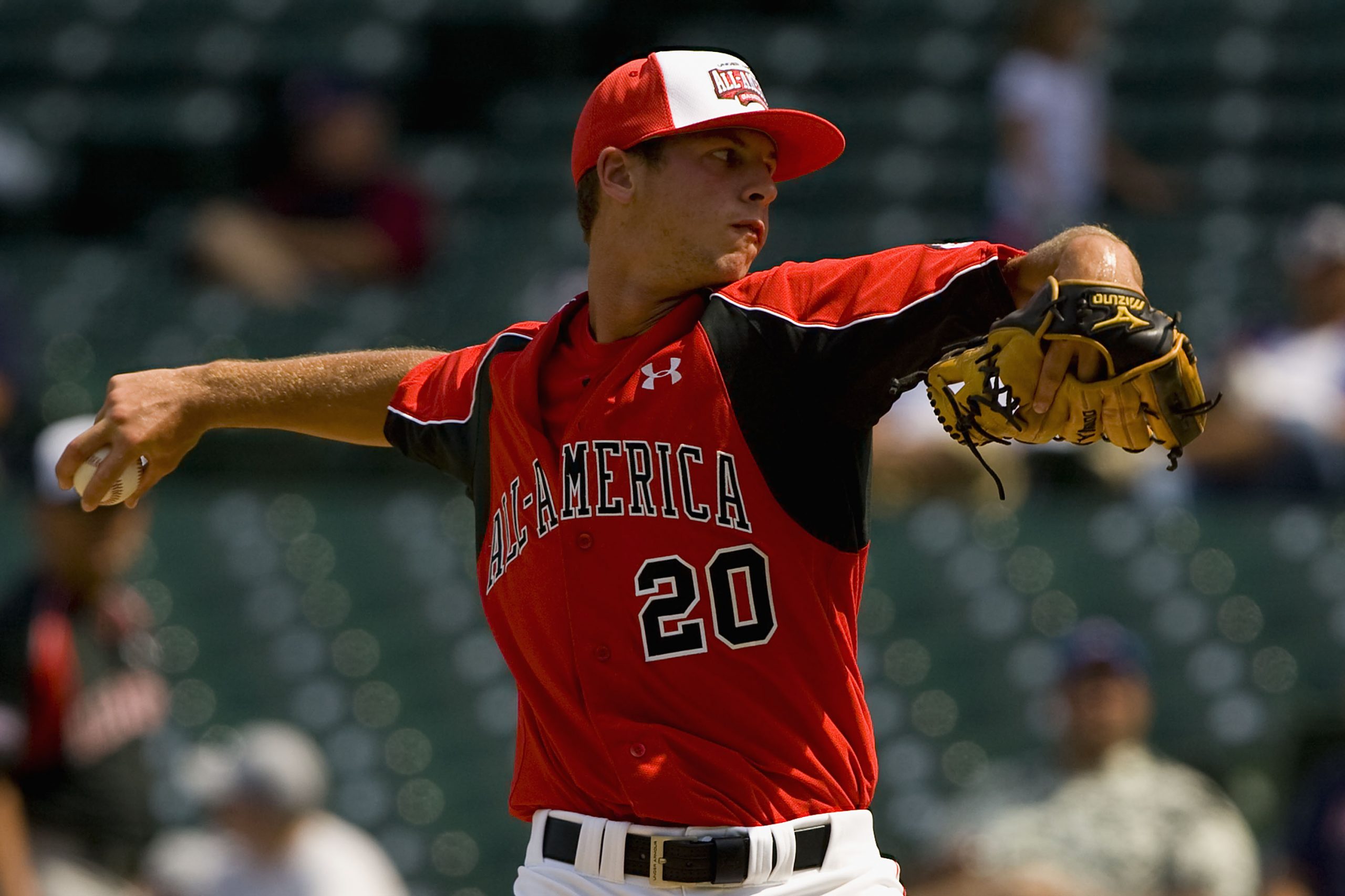Starting pitchers in Major League Baseball were expected to be indestructible back in the day. Then, seemingly overnight, the league became aware of the fragility of starters and started to pamper them.
The tradition is ongoing. Starters don’t throw as many innings these days, and every starter is on some sort of pitch count or another. But the reality is that preventing major injuries is not so simple. For all teams have done to protect their starters, major injuries are still very much a fact of life.
Starting pitchers are covering a smaller percentage of innings than they did even as recently as 25 years ago. With an assist from FanGraphs‘ league pitching data, here’s a look at the progression of the percentage of the league’s total innings covered by starters since 1988.
You can see that we’re not talking about a straight drop that’s still progressing toward rock bottom, but starters aren’t covering as many innings as they did in the late 1980s and early 1990s.
So there’s that, and we’re also seeing fewer 110-pitch starts. With some help from Baseball-Reference.com, here’s a look at the percentages of 110-pitch starts since 1988.
Once again, we don’t have a straight line making a beeline for the bottom, but we do have a clear downward trend. Pitchers aren’t crossing the 110-pitch plateau as often, as I’m sure you’ve noticed and/or been told by ESPN or whoever.
To keep pace with this trend in Major League Baseball, The Ohio High School Athletic Association has approved a new rule for the 2017 high school baseball season, which would put pitch counts on pitchers. The rule, which is a nationally-mandated pitch count restriction, was approved Thursday by the OHSAA’s Board of Directors at its January meeting.
A year ago, the National Federation of State High School Associations informed all states that they were required to have a pitch count mandate put in place, rather than a regulation based on innings pitched over a certain number of days. Previously, Ohio high school pitchers were permitted to pitch up to 10 innings over a three-day period.
With the new rule, a pitcher cannot exceed 125 pitches in a day. If a pitcher throws between zero and 30 pitches in a game, they are still eligible to pitch the next day, while 31-50 pitches requires at least one day of rest. Two days rest is required for a pitcher who throws 51-75 pitches in a game, while 76-plus pitches will require three days of rest for the student-athlete.
Another wrinkle to the new rule addresses doubleheader situations. Again, if a pitcher pitches 30 pitches or fewer, they can pitch the next day, but if they throw 31 or more pitches, they must rest for at least one day.
If a pitcher were to throw 31 pitches in Game 1 of a doubleheader, then he would not be eligible to pitch at all in Game 2 of that doubleheader. If a pitcher throws 30 pitches or fewer in Game 1, however, then he would be eligible to pitch in Game 2.
In theory, a coach could lie and submit data that says a pitcher only threw 30 pitches, instead of say, 31 pitches. The system also holds value only if the team keeps good pitch count data, which can be a challenge as teams can sometimes struggle finding dugout help during the spring.
Add The Sports Daily to your Google News Feed!
